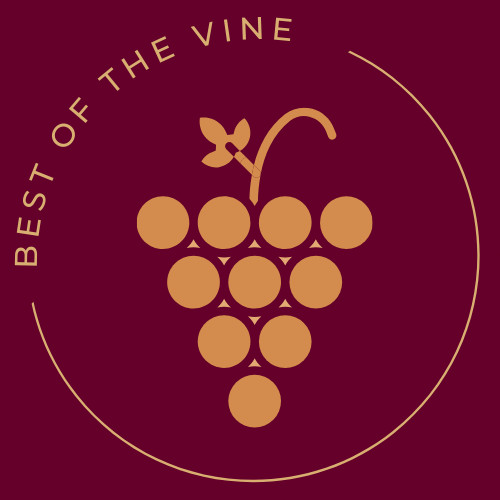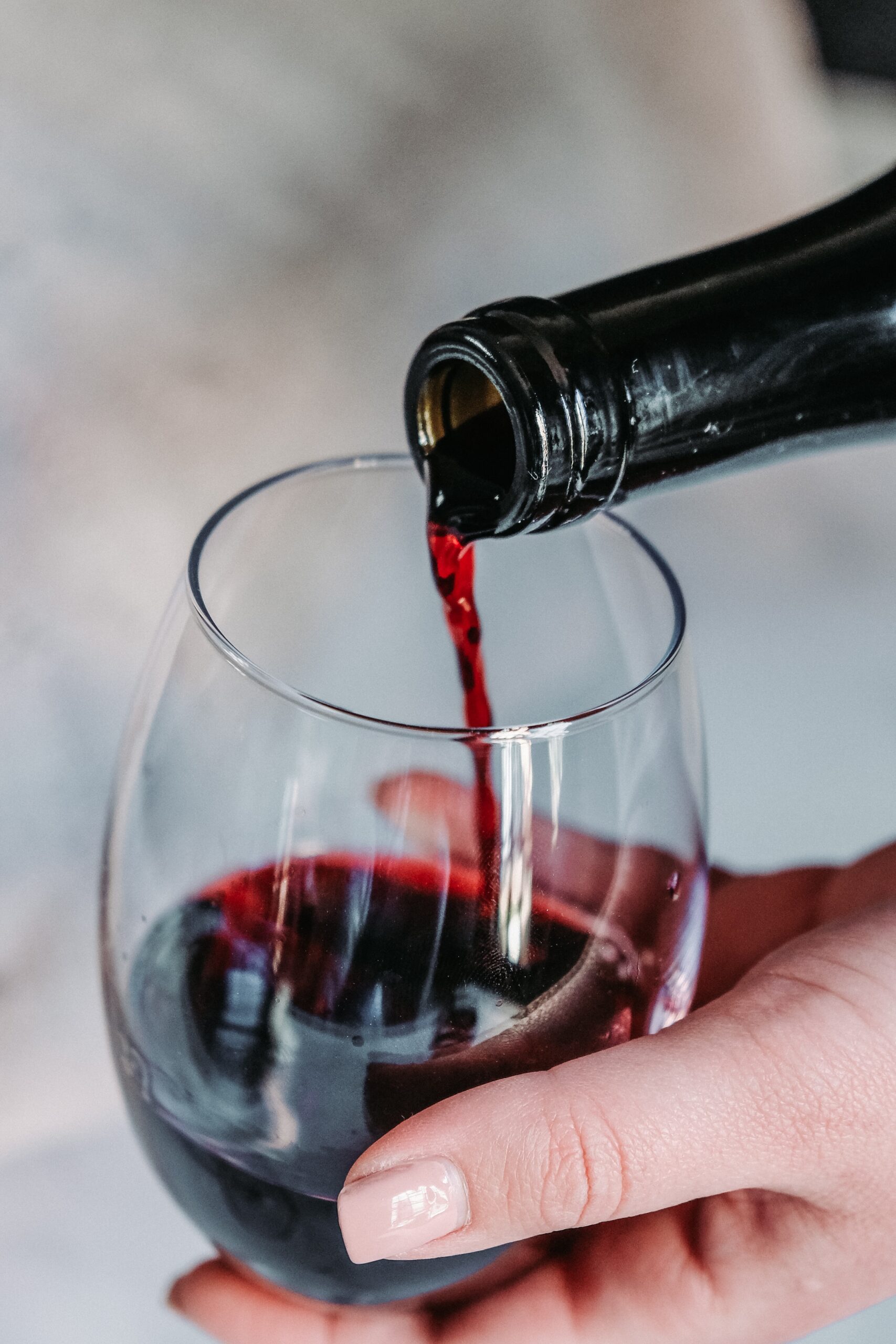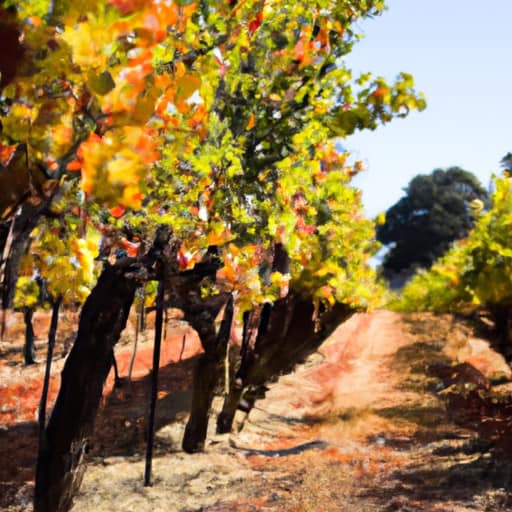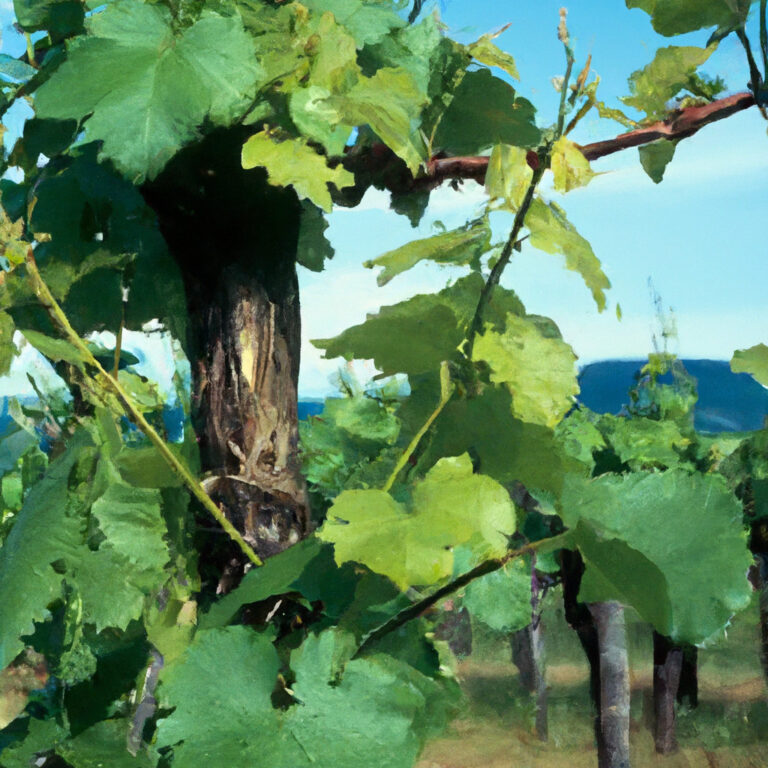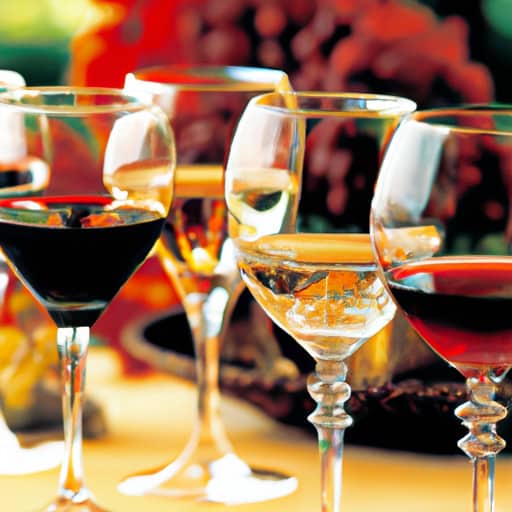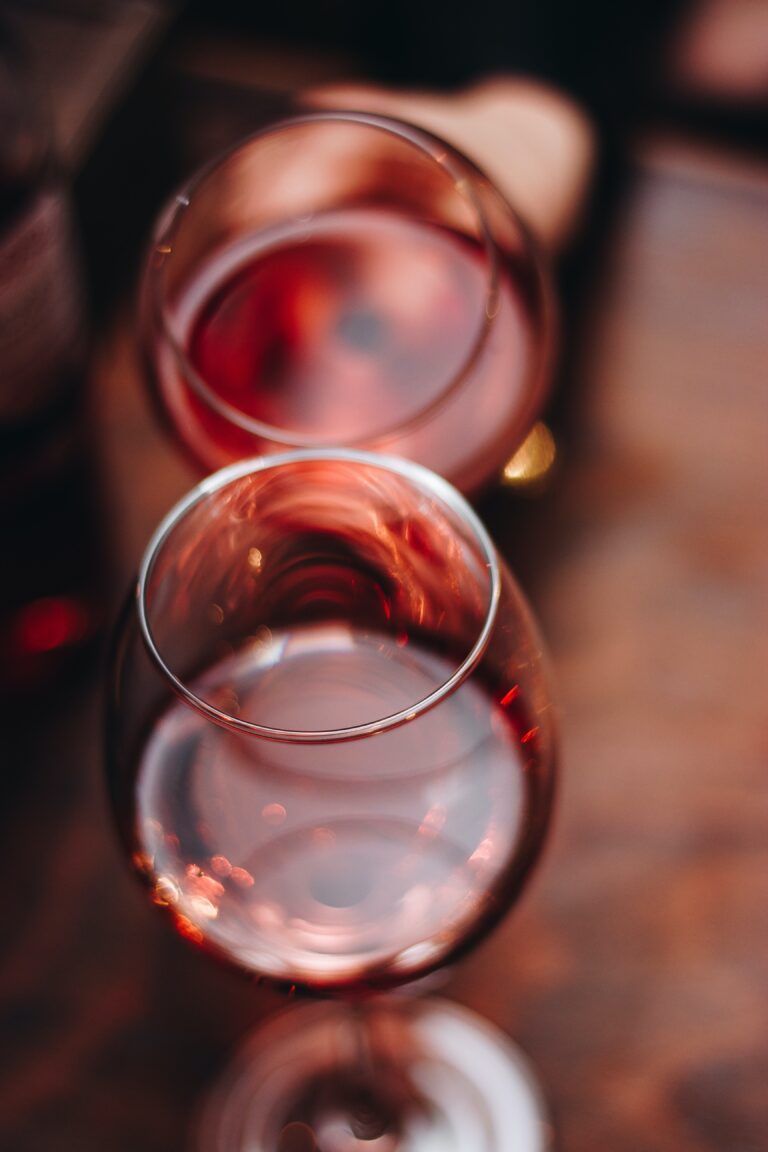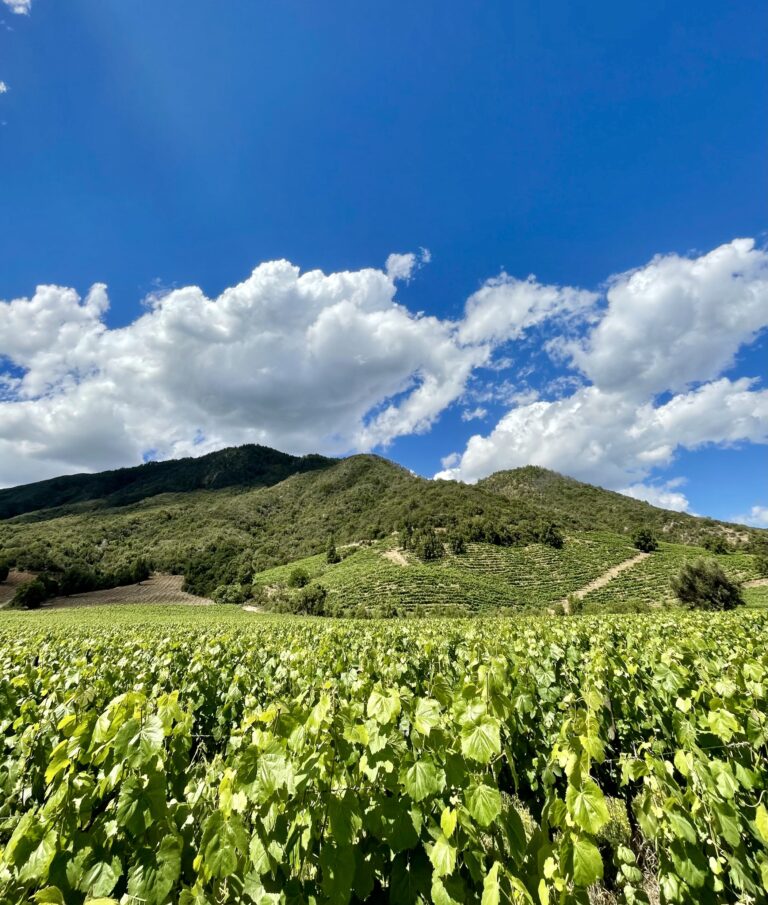Exploring the 9 Portugal Wine Regions
Are you a wine enthusiast looking to expand your palate and discover new and exciting vineyards? Look no further than the beautiful country of Portugal. With its rich history and diverse terroir, Portugal wine regions are some of the most breathtaking wine regions in the world. From the enchanting Douro Valley, known for its famous Port wine, to the sun-drenched Alentejo, famous for its bold reds, each region offers a unique and unforgettable wine-tasting experience. Join us as we take you on a journey through the captivating wine regions of Portugal, where each glass tells a story of passion, tradition, and terroir.

What are Portugal Wine Regions?
Vinho Verde Region
Overview of Vinho Verde Region
The Vinho Verde region is located in the northwest part of Portugal, bordered by Spain to the east. It is renowned for producing light and refreshing wines characterized by their slight effervescence and vibrant acidity. The region’s name, Vinho Verde, translates to “green wine,” which refers to the youthful and fresh qualities of the wines rather than their color.
Types of Wines Produced
In the Vinho Verde region, a wide variety of wines is produced, ranging from white to red, rosé, and even sparkling. However, the region is most famous for its white wines, which account for most of its production. These whites are typically made from indigenous grape varieties like Alvarinho, Loureiro, and Arinto, and they exhibit crisp citrus flavors, herbal notes, and a pleasant minerality. Vinho Verde’s red and rosé wines are often light-bodied with vibrant fruitiness and low tannins.
Prominent Vineyards and Wineries
The Vinho Verde region is home to numerous prominent vineyards and wineries that have contributed significantly to the reputation of the region’s wines. Some noteworthy names include Quinta de Azevedo, Aveleda, and Quinta do Ameal. These wineries are known for their commitment to quality and dedication to working with traditional grape varieties. Visitors to the Vinho Verde region can explore these vineyards and wineries, learn about the winemaking processes, and sample their delightful wines.
Visiting the Vinho Verde Region
The Vinho Verde region should be on your itinerary if you plan to visit Portugal. With its picturesque landscapes of rolling vineyards and historic towns, it offers a memorable wine tourism experience. You can embark on wine tours that take you through the vineyards, where you will learn about the unique terroir of the region and the cultivation techniques used. Additionally, many wineries offer tasting rooms where you can savor the different wines produced in the region. Don’t miss the opportunity to pair these wines with the local gastronomy, as the Vinho Verde region is also renowned for its fresh seafood and traditional Portuguese dishes.
Douro Valley and Port Wine
General Description of Douro Valley
The Douro Valley, located in the northern part of Portugal, is one of the oldest wine regions in the world and a UNESCO World Heritage Site. The region is renowned for its stunning terraced vineyards that cling to the steep slopes along the Douro River. This unique landscape, combined with the Mediterranean climate, creates the ideal conditions for vine cultivation, resulting in exceptional wines.
Port Wine: A Deep Dive
The Douro Valley is most famous for producing Port wine, a fortified wine enjoyed for centuries. Port wine is produced by adding a neutral grape spirit to halt fermentation, resulting in a sweet and fortified beverage. It comes in various styles, including Tawny, Ruby, Vintage, and White, each with distinct characteristics. Port wine is known for its rich flavors of dark fruits, chocolate, and spices, as well as its velvety texture and long finish.
Noteworthy Vineyards and Wineries
Many renowned vineyards and wineries line the terraced slopes of the Douro Valley, offering a unique experience to visitors. Quinta do Noval, Quinta do Crasto, and Quinta de la Rosa are just a few examples of the prestigious wineries in the region. These estates have a long history of producing exceptional Port wines; some also produce excellent table wines. Exploring these vineyards allows you to witness the traditional winemaking techniques and enjoy breathtaking views of the Douro River.
Attractions for Tourists
Aside from its exceptional wines, the Douro Valley offers many tourist attractions. The Douro River is a sight to behold, with its winding path through the terraced vineyards. You can take a relaxing boat cruise along the river, soaking in the beauty of the surroundings. The region also boasts charming towns and villages, such as Pinhão and Peso da Régua, where you can immerse yourself in the local culture and sample traditional Portuguese cuisine. Don’t forget to explore the Douro Museum, which showcases the region’s history and culture of winemaking.
Dao Region
Understanding the Dao Region
The Dao region is located in central Portugal, north of Lisbon. It is often referred to as the heart of Portugal’s winemaking industry and is famous for producing high-quality wines with excellent aging potential. The region’s vineyards benefit from a mix of Atlantic and Mediterranean influences, creating a unique microclimate that contributes to the character of the wines.
Signature Wines of Dao
The Dao region is known for its elegant and structured red wines, predominantly made from the Touriga Nacional grape variety, along with other indigenous grapes like Tinta Roriz and Jaen. These wines exhibit intense aromas of dark fruits, floral notes, and hints of spice. Dao’s white wines, although less common, display freshness and minerality, often featuring the Encruzado grape variety.
Touring the Vineyards and Wineries
Visiting the Dao region offers wine enthusiasts an opportunity to explore its picturesque landscapes and visit its renowned wineries. Quinta dos Carvalhais, Quinta de Lemos, and Quinta da Pellada are among the wineries worth a visit. Guided tours allow you to stroll through the vineyards, learn about the region’s winemaking traditions, and indulge in tasting the Dao’s exquisite wines. The winemakers are passionate about sharing their knowledge and providing an authentic experience for visitors.
Experiences for Visitors
In addition to the wine-related activities, the Dao region offers visitors a range of cultural and outdoor experiences. The town of Viseu, known for its architectural heritage, is worth exploring, with its historic center and imposing cathedral. The Serra da Estrela Natural Park offers breathtaking landscapes and hiking, mountain biking, and birdwatching opportunities. Don’t forget to savor the traditional cuisine of the Dao region, which pairs beautifully with its wines, especially hearty meat dishes and cheeses.
Alentejo Region
Unpacking the Alentejo Region
The Alentejo region is located in southern Portugal, characterized by vast plains, rolling hills, and oak forests. It is one of the largest wine regions in Portugal and is renowned for its diverse wine styles. The warm climate and underlying soils contribute to the richness and complexity of the wines produced here.
Alentejo’s Diverse Wines
The Alentejo region produces a wide range of wines, each with its distinct character. Red wines dominate the production, with Alicante Bouschet, Aragonez, and Trincadeira being the primary grape varieties. These wines are typically full-bodied and rich, with ripe fruit flavors and velvety tannins. Alentejo also produces well-regarded white wines, often made from Antão Vaz and Arinto grapes, showcasing citrusy aromas, a creamy texture, and a refreshing acidity.
Notable Vineyards and Wineries
Alentejo is home to numerous vineyards and wineries, each contributing to the region’s reputation for excellence. Herdade do Esporão, Adega Mayor, and Quinta do Mouro are among the notable wineries in Alentejo. These estates embrace modern winemaking techniques while respecting the region’s rich heritage. From vineyard tours to cellar tastings, visitors can immerse themselves in winemaking and gain a deeper understanding of the Alentejo wines.
Tips for Tourists Visiting Alentejo
When visiting the Alentejo region, there are a few tips to remember. The region’s vastness means that transportation is essential, so renting a car or joining guided tours is recommended. Be sure to explore the historic towns of Évora and Elvas, both UNESCO World Heritage Sites, and savor the regional gastronomy, which includes traditional dishes like migas and açorda. If you visit during the summer, be prepared for the hot weather by staying hydrated and taking breaks in the shade.
Lisboa Wine Region
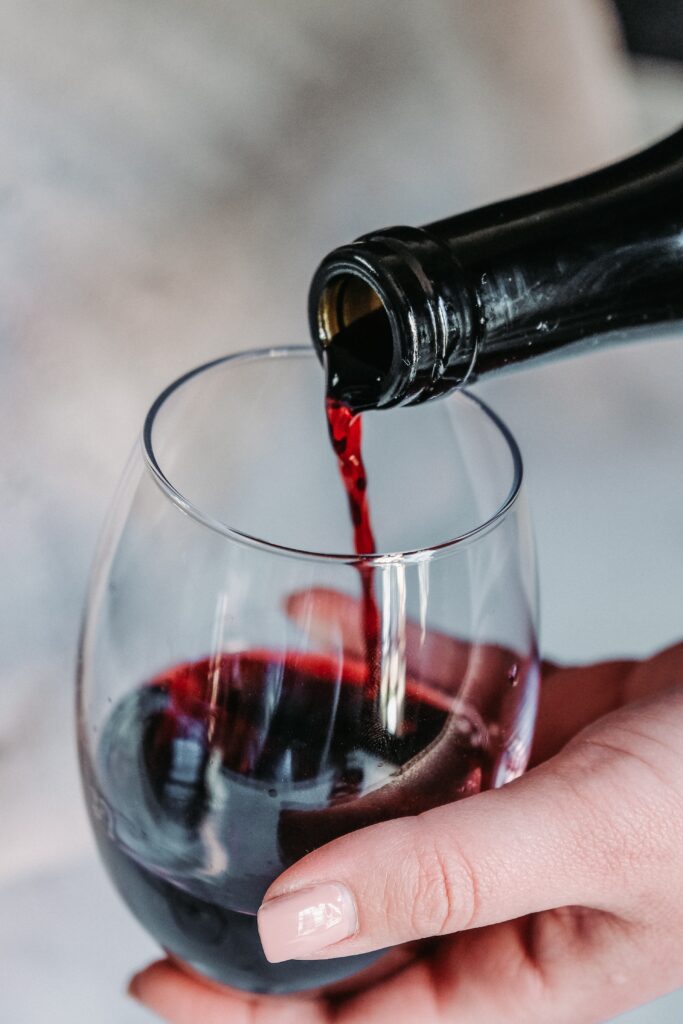
Introduction to Lisboa Wine Region
The Lisboa wine region, previously known as Estremadura, surrounds the city of Lisbon and stretches along the Atlantic coast. This geographically diverse region encompasses coastal plains, rolling hills, and mountains, creating a range of microclimates that allow for the production of various wine styles. Lisboa wines are known for their elegance and freshness, reflecting the maritime influence and the region’s unique terroir.
Varieties of Lisboa Wines
The Lisboa wine region produces a diverse range of wines, comprising both still and sparkling varieties. White wines, often made from native grape varieties like Fernão Pires and Arinto, showcase vibrant acidity, citrus flavors, and a mineral backbone. Red wines from Lisboa, featuring grape varieties such as Touriga Nacional and Castelão, are known for their juicy red fruit aromas, soft tannins, and well-balanced structures. The region also produces excellent sparkling wines, typically using the traditional method, which offers a refreshing alternative.
Wineries Worth Visiting
Several wineries stand out for their commitment to quality and innovation when exploring the Lisboa wine region. Quinta de Chocapalha, Adega Mãe, and Quinta da Sapeira are some wineries worth visiting. These estates combine traditional winemaking techniques with modern approaches to produce exceptional wines. By visiting these wineries, you can taste the wines, learn about the winemaking processes, and enjoy breathtaking views of the surrounding landscapes.
Tourist Information and Activities
In addition to its wine offerings, the Lisboa wine region provides an array of tourist activities. The vibrant city of Lisbon is a must-visit, with its rich history, stunning architecture, and delicious culinary scene. Exploring the nearby coastal towns, such as Cascais and Ericeira, offers the opportunity to relax on beautiful beaches and indulge in fresh seafood; for those seeking outdoor adventures, the Serra de Montejunto Nature Reserve and the Óbidos Lagoon provide excellent hiking, birdwatching, and water sports opportunities.
Bairrada Wine Region
An Overview of Bairrada Region
The Bairrada wine region is located between Porto and Lisbon in north-central Portugal. The region is known for its cool maritime climate, fertile clay-limestone soils, and traditional winemaking methods. Bairrada is particularly renowned for its production of sparkling wines and red wines made from the indigenous Baga grape variety.
Wines to Try in Bairrada
When visiting Bairrada, you must try its signature sparkling wines, made using the traditional method. These wines are often called “Portuguese Champagne” and are admired for their fine bubbles, complex flavors, and crisp acidity. In addition to sparkling wines, Bairrada produces excellent red wines made from the Baga grape. These wines possess firm tannins, intense dark fruit flavors, and the potential for long aging.
Prominent Wineries in Bairrada
Bairrada is home to several prominent wineries that have significantly established the region’s reputation. Quinta das Bágeiras, Caves São João, and Luis Pato are among the wineries that have garnered praise for their commitment to quality and preservation of traditional winemaking methods. By visiting these wineries, you can discover the unique characteristics of Bairrada wines through tastings and guided tours.
Activities for Visitors in Bairrada
Bairrada offers more than just exceptional wines. The region’s cultural heritage and beautiful landscapes provide visitors with a variety of activities and attractions. The city of Aveiro, known as the “Venice of Portugal,” is a popular tourist destination with its picturesque canals and colorful Moliceiro boats. The Buçaco Forest, with its lush greenery and exotic plants, offers an enchanting setting for nature lovers. And don’t forget to savor the region’s traditional dishes, such as leitão assado (roast suckling pig), which pairs perfectly with Bairrada wines.
Setúbal Peninsula
Exploring Setúbal Peninsula Wine Region
The Setúbal Peninsula wine region is located in the southwestern part of Portugal, bounded by the Atlantic Ocean and the Tagus River. This coastal region benefits from a mild climate and diverse soils, providing favorable conditions for vine cultivation. Setúbal Peninsula is renowned for its fortified dessert wine, Moscatel de Setúbal, and its table wines made from native grape varieties.
Famous Wines from Setúbal
When it comes to the Setúbal Peninsula, Moscatel de Setúbal is the star. This amber-colored, sweet wine is made from Moscatel grapes, left to partially dry on the vine, concentrating the sugars and flavors. The resulting wine is rich and luscious, boasting notes of honey, orange peel, and dried fruits. Setúbal Peninsula also produces fine table wines made from grape varieties like Castelão and Fernão Pires, offering a range of styles from fresh and fruity to full-bodied and complex.
Must-Visit Vineyards and Wineries
A visit to the Setúbal Peninsula allows one to explore its renowned vineyards and wineries. José Maria da Fonseca, Bacalhôa Vinhos de Portugal, and Quinta da Bacalhôa are among the wineries worth visiting. These estates combine history, tradition, and innovation, producing exceptional wines that showcase the region’s unique terroir. The wineries often offer guided tours, tastings, and even wine-blending workshops, allowing visitors to delve deeper into the winemaking process and enhance their wine knowledge.
Visitor’s Guide to Setúbal Peninsula
When visiting the Setúbal Peninsula, consider adding additional activities to your itinerary. The city of Setúbal itself is a charming destination, with its historic center, lively waterfront, and delectable seafood restaurants. Nearby, the Troia Peninsula boasts beautiful sandy beaches and a golf course for outdoor enthusiasts. For nature lovers, a visit to the Arrábida Natural Park is a must, with its stunning cliffs, crystal-clear waters, and hiking trails offering breathtaking views. Whether indulging in wine tastings, exploring the local culture, or enjoying the natural beauty, the Setúbal Peninsula has something for everyone.
Madeira Wine Region
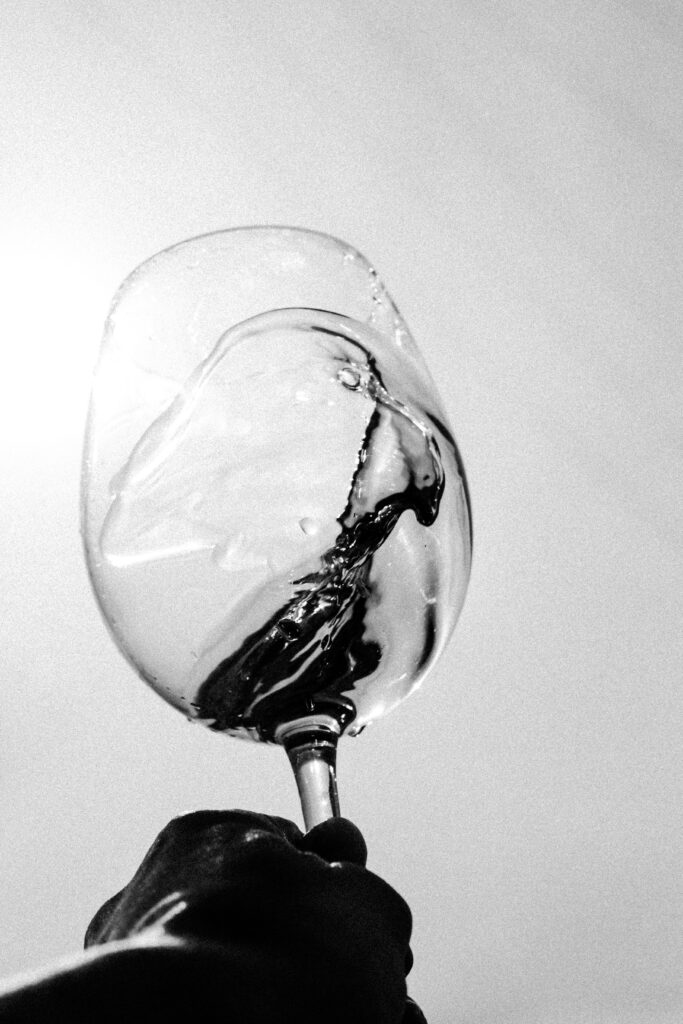
Getting to Know Madeira Wine Region
The Madeira wine region is located in the archipelago of Madeira, an autonomous region of Portugal in the Atlantic Ocean. Madeira wines have a long and fascinating history, dating back to the Age of Exploration. The unique production process and aging methods give Madeira wines a distinctive character and exceptional longevity.
Madeira Wine: A Unique Flavor
Madeira wine is known for its incredible fortitude and complexity. The wines are subjected to a unique aging process called “estufagem,” where they are exposed to heat, often in specially heated rooms or the sun, for an extended period. This accelerated aging creates intense flavors of caramel, nuts, dried fruits, and a characteristic tangy acidity. Madeira wines come in different styles, from dry to sweet, making them suitable for various occasions and culinary pairings.
Top Vineyards and Wineries in Madeira
Several vineyards and wineries contribute to producing Madeira wines, each with its distinctive style and history. Blandy’s Wine Lodge, Henriques & Henriques, and Justino’s Madeira Wines are among the notable wineries that allow visitors to explore their cellars and taste a wide range of Madeira wines. These wineries often provide guided tours, where you can learn about the winemaking process, from grape harvest to aging, and even enjoy traditional Madeira wine tastings.
Travel Advice for Madeira Visitors
When planning a visit to the Madeira wine region, there are a few travel tips to consider. Funchal, the capital city of Madeira, is an excellent starting point for your wine exploration. Explore its charming old town, visit the Madeira Wine Museum, and indulge in local cuisine at the famed Mercado dos Lavradores. Additionally, the volcanic landscapes and lush greenery of Madeira offer opportunities for nature lovers to explore hiking trails, take scenic drives, and enjoy stunning viewpoints. Don’t forget to admire the levadas, the island’s unique irrigation channels, as they pass through beautiful landscapes and provide excellent walking routes.
Azores Wine Region
A Spotlight on Azores Wine Region
The Azores wine region, located in the remote archipelago of the Azores in the middle of the Atlantic Ocean, is a hidden gem in the world of Portuguese wines. The volcanic islands, rich in biodiversity, offer a unique terroir that contributes to the production of distinctively fresh and mineral-driven wines.
Taste of Azores Wines
Azores wines are characterized by their vibrant acidity, saline notes, and pronounced mineral character. The volcanic soils, maritime climate, and high-altitude vineyards create a unique environment for grape cultivation. The islands are known for producing white and rosé wines, predominantly made from indigenous grape varieties such as Verdelho, Arinto, and Terrantez. These wines are refreshing, often displaying citrus aromas, floral undertones, and a lively texture.
Winery Tours in Azores
Exploring the Azores wine region provides an opportunity to visit the island’s renowned vineyards and wineries. With its UNESCO World Heritage vineyards, Pico Island is a must-visit destination. Adega Cooperativa da Ilha do Pico and Azores Wine Company are among the wineries you should not miss. These wineries embrace sustainable practices and focus on producing high-quality wines that reflect the unique terroir of the Azores. During your visit, you can witness the distinctive vineyard landscapes, learn about the winemaking techniques, and taste the Azores wines with local delicacies.
Travel Guide for Azores
When planning a trip to the Azores wine region, take advantage of the island’s other attractions. Nature lovers will be delighted by the lush green landscapes, stunning volcanic craters, thermal hot springs, and breathtaking coastal cliffs. São Miguel Island, known as the “Green Island,” is a must-visit destination, offering diverse attractions such as the Sete Cidades Crater Lakes, the Furnas Valley, and the Terra Nostra Botanical Garden. Additionally, exploring the local gastronomy, which includes fresh seafood, cheeses, and traditional Azorean dishes, is an essential part of the Azores experience.
Appreciating Portuguese Wine Culture
Understanding the Viticulture in Portugal
Portugal has a rich viticultural history dating back thousands of years, making it one of the oldest wine-producing regions in the world. The country’s diverse terroirs and the use of indigenous grape varieties contribute to the uniqueness and quality of Portuguese wines. From the Vinho Verde’s refreshing whites to the robust reds of the Douro Valley and the sweet Ports of Porto, Portugal offers a wide array of wine styles for all palates.
Food and Wine Pairings
Portuguese cuisine is as diverse as its wines, providing an excellent opportunity for food and wine pairings. When it comes to white wines, pairing Vinho Verde with fresh seafood, including grilled sardines, octopus salad, or clams, is a classic choice. The bold and robust red wines in the Douro Valley pair beautifully with traditional Portuguese dishes such as Bacalhau à Brás (codfish) or Feijoada (bean stew). The sweet and fortified Ports from the Douro region are delightful with desserts, especially chocolate-based or caramelized treats. Exploring the local gastronomy and experimenting with different food and wine pairings will enhance the overall experience of Portuguese wines.
Festivals and Wine Events
Portugal’s rich wine culture is celebrated through various festivals and wine events. In the Douro Valley, the Grape Harvest Festival is a significant event where visitors can participate in traditional grape stomping and enjoy local music and dance. The Essência do Vinho festival in Porto gathers wine enthusiasts, offering a chance to taste a wide selection of Portuguese wines. Additionally, many wine regions host local wine festivals, where visitors can interact with winemakers, sample wines, and experience the unique traditions of each region.
Learning Experiences: Wine Courses and Workshops
For those interested in deepening their knowledge of Portuguese wines, there are numerous opportunities to engage in wine courses and workshops. The Wine School in Porto and the Wine and Spirit Education Trust (WSET)-certified programs offered by various institutions provide comprehensive wine education. These courses cover wine production, grape varieties, wine regions, and tasting techniques. Participating in these learning experiences allows you to gain a deeper appreciation for Portuguese wines and develop the skills to evaluate and enjoy different wine styles.
In conclusion, exploring the wine regions of Portugal offers a remarkable journey through diverse terroirs, unique grape varieties, and a rich winemaking heritage. From the light and refreshing wines of Vinho Verde to the bold Ports of the Douro Valley, each region has its distinctive character and style. Visiting the vineyards, tasting the wines, and immersing yourself in the local wine culture provides an unforgettable experience that will deepen your appreciation for the wines of Portugal. So, whether you are a seasoned wine enthusiast or a curious traveler, embark on a wine adventure in Portugal and discover this wine-loving nation’s richness and diversity.
